Tag: Pain Management
-
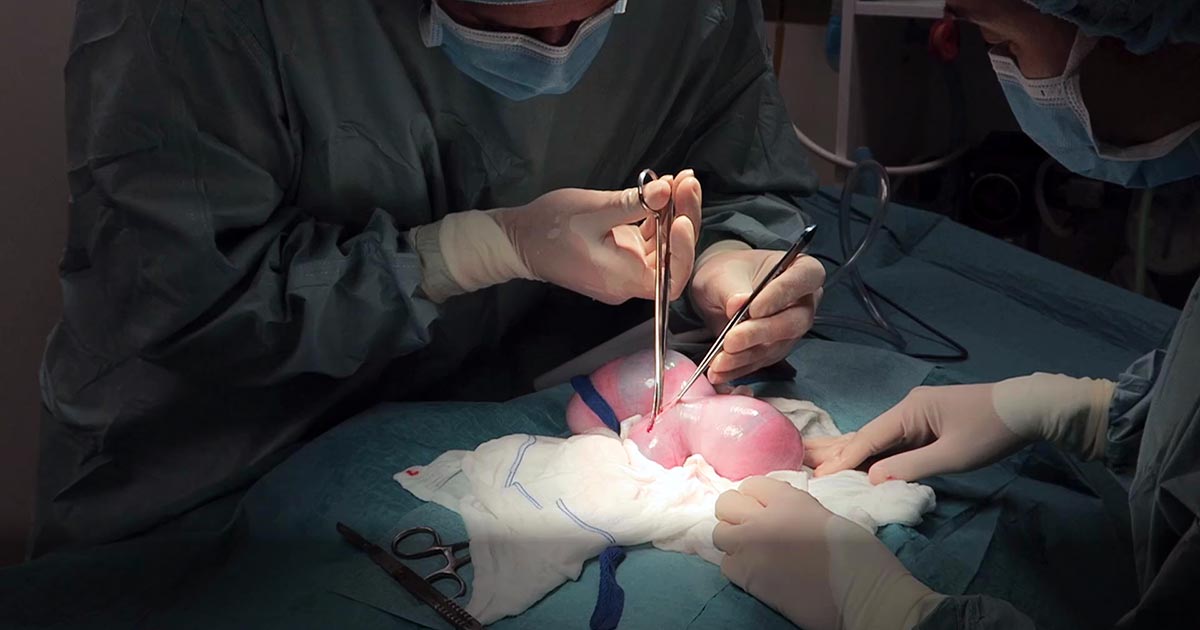
Dystocia, pt 4: caesarean tips
—
by
Prolonged hypoxaemia, hypotension and hypoventilation are the top three causes of periparturient fetal mortality – for these reasons, all precautions must be taken to avoid it. As soon as authorisation has been obtained to proceed with a caesarean section, the patient should be stabilised immediately. This includes having perioperative blood work performed, and clinical hypoperfusion…
-
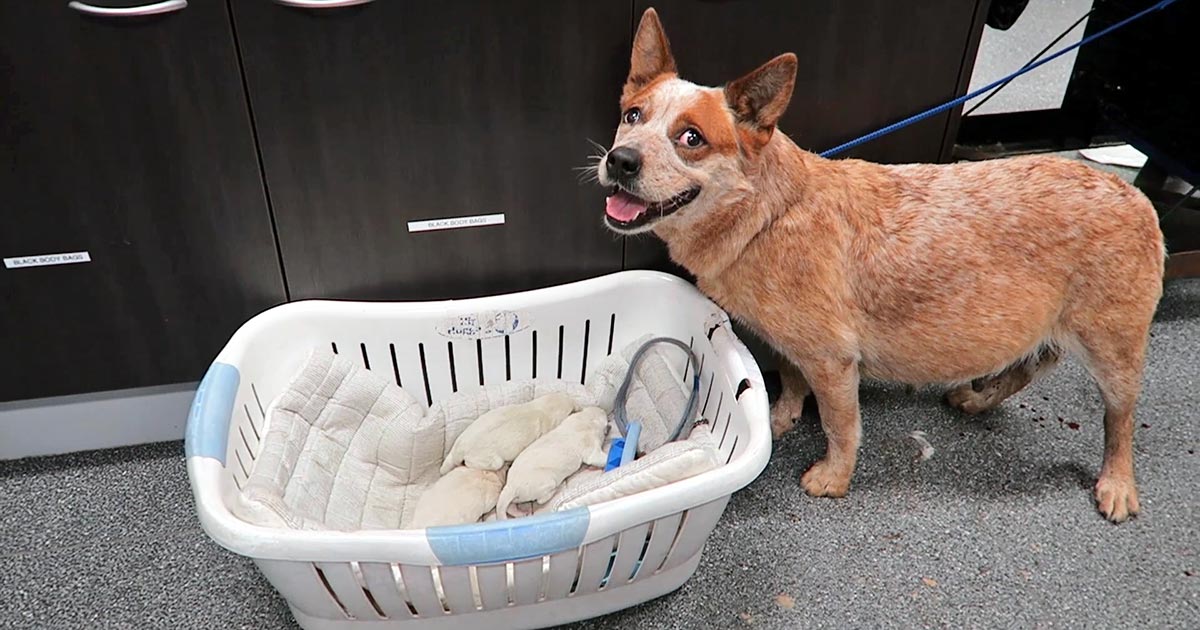
Dystocia, pt 1: labour stages
—
by
Now most female canine patients are spayed, it comes as no surprise reproductive emergencies are not as common. One confusion seems to be not knowing how to determine a true dystocia emergency – especially when given advice over the telephone – from the process of normal parturition. Another concern is how to confidently form a…
-
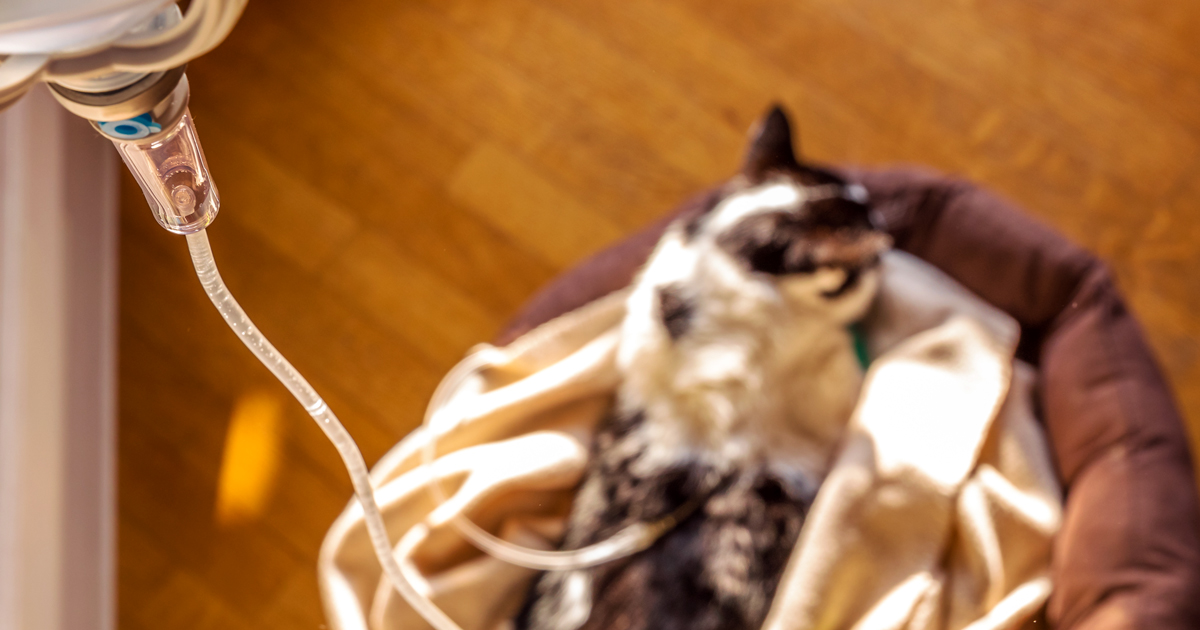
Pancreatitis, pt 2: treatment and prognosis
—
by
Last week we covered diagnosing pancreatitis and the challenges associated with doing so. This week we look at management. The treatment of pancreatitis largely involves supportive care and monitoring for potential complications. Here, we recap the fundamentals. IV fluids IV fluids are critical in the acute phase to restore perfusion to core organs and correct…
-

Pancreatitis, pt 1: diagnosis
—
by
Pancreatitis is one of the most common exocrine conditions seen in small animal practice. It is caused by premature activation of enzymes (zymogens) within the pancreas leading to autodigestion, and can result in severe morbidity with the potential to lead to mortality. To this day, the diagnosis of pancreatitis remains a challenge – especially in…
-

The dreaded client complaint
—
by
Regardless of how well you conduct yourself and how thorough you are in your work, it’s inevitable you’ll occasionally find yourself on the receiving end of a client complaint. This will always suck. When someone criticises you, it’s very natural to feel a strong negative emotional response. The emotional control centres of your brain interpret…
-
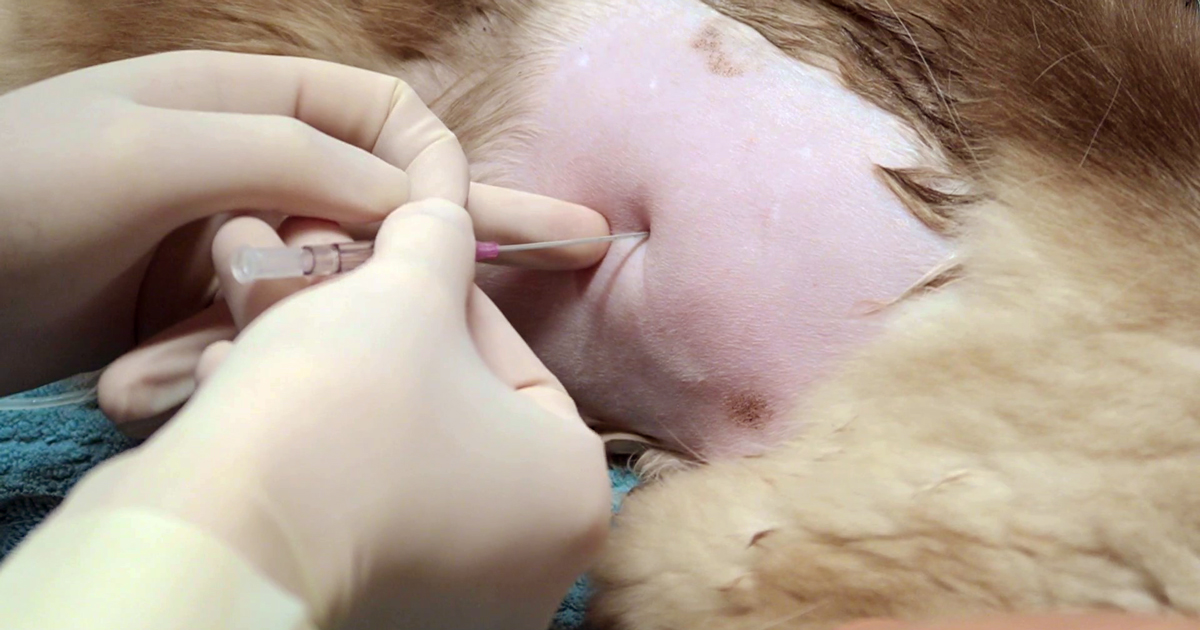
Thoracentesis, part 1: indications, equipment and protocol
—
by
Thoracentesis is a relatively straightforward and life-saving technique for seriously dyspnoeic animals with pleural space disease, and is a valuable diagnostic tool. Here are my tips for getting the most out of your approach to performing a thoracentesis. Indications Therapeutic – relieve respiratory distress caused by pleural effusions and pneumothorax. Diagnostics – cytological examination of…
-

What is resilience?
—
by
Resilience is the ability to bounce back from problems and setbacks or when things don’t go as planned. It’s a quality we all possess to some degree, but some of us can draw on it more easily than others, or can take bigger knocks (or more knocks) than others can. Resilience is important because it…
-

Feline aortic thromboembolism
—
by
If a cat comes in unable to walk, consider the three Ps: pain paralysis pulselessness Feline aortic thromboembolism (FATE) should be on top of your differentials. Figure 1 demonstrates the colour change in the paws of an affected cat outlining blood flow: the pink pad is the unaffected cat’s front paw, while the pale pad…
-
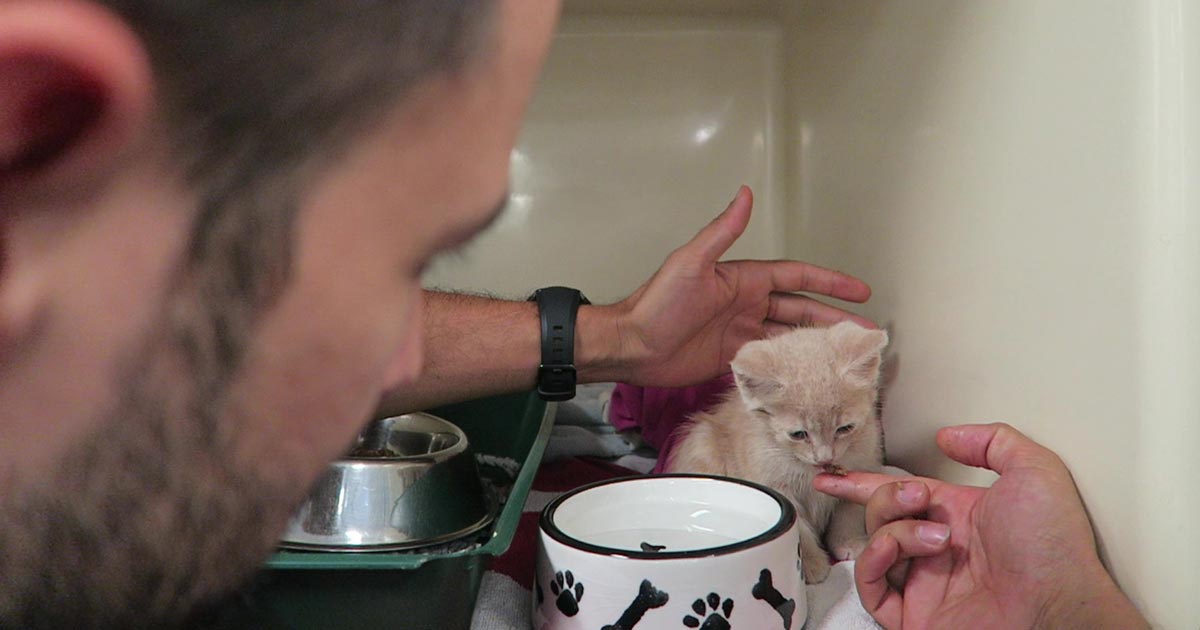
Nutritional healing power
—
by
Nutrition is a key factor in a patients recovery; in fact, numerous studies show getting patients to eat as soon as possible or providing nutritional support early has several benefits: Patients start to eat on their own earlier. They are less nauseous once they start. Reduced mortality. Improved wound healing. All of these contribute to…
-

Is puppy yoga flexibly ethical?
—
by
Is puppy yoga the new cat café? Is it a new passing trend or here to stay? Either way, as a student with a passion for both fitness and animals, I was initially intrigued. But I can’t help but have concerns for whether this practice is beneficial for all members of the class. Five freedoms…